Running has been an early adapter of tracking technologies – particularly long distances races. Both sports shoe brands and race sponsors (particularly telecoms companies and technology brands) have been using devices, such as Radio Frequency Identification (RFID) chips in wristbands and trainers to track performances live.
Sponsors of smaller, local races, as well as big international ones are activating with RFIDs.
Verizon Wireless, for example, is just one of several sponsors supporting tracking systems at races its backs – such as at Duluth’s Grandma’s Marathon.
Here it enables a competitor’s family and friends to track their live performance by simply logging on to the race website and entering the name of the runner they want to track.
They can select how they want the information delivered – by text message or email – by entering a phone number or email address. Each runner’s progress is tracked at a number of checkpoints along the course.
At the major international races this use of tracking technologies is growing increasingly sophisticated.
Last year’s ING New York Marathon saw 45,000 runners from 40 countries race in front of 300m TV viewers and was notable for several interesting sponsorship campaigns including Nissan’s ‘Cheer Zones’ and Adidas’ ‘miCoach Training Platform’. Perhaps the most interesting was the multi-faceted, two-way tracking system backed by one of the principle sponsors ASICS.
The Japanese sportswear company, one of 24 brands aligned to the event, used tracking technologies to create a considerably closer connection between the runner and their friends and family – exactly when it was most needed.
Its ‘Support Your Marathoner’ initiative used its own website, running bloggers, relevant social media forums and the Road Runners Club to promote its offer to loved ones to upload video, photo and text messages of support and encouragement to the sponsor’s website in the run up to the race.
Furthermore, during the race week ASICS set up video booths across the city where friends and family could record bespoke video messages.
During the actual race itself these videos and messages were activated by an athlete’s personal “trigger strip”, a unique RFID tag that every runner received when registering for the marathon, so they were played on huge trackside screens directly in front of runners as they passed certain points in the race.
The campaign was taken up by 7,000 athletes from 17 countries.
Links:

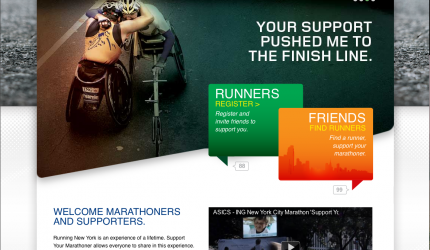




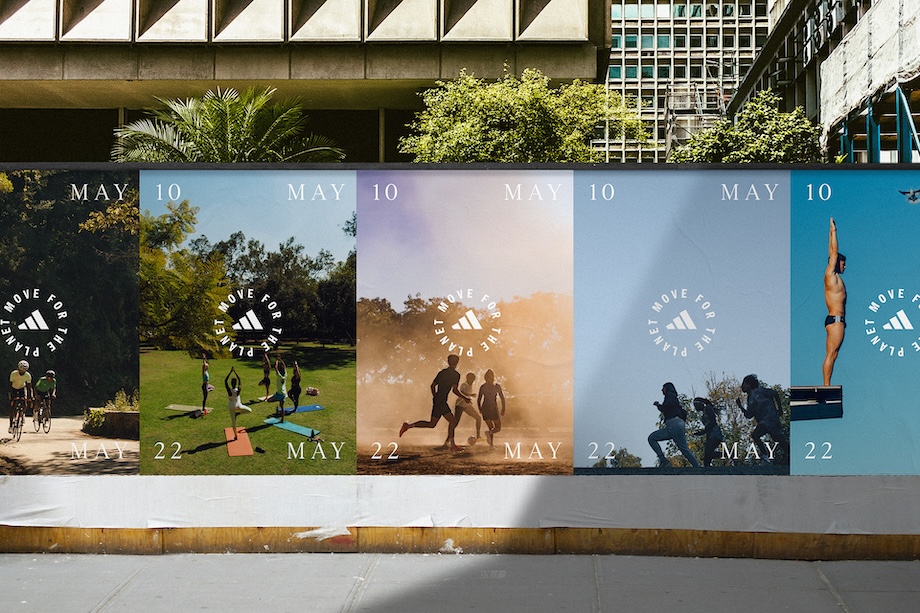
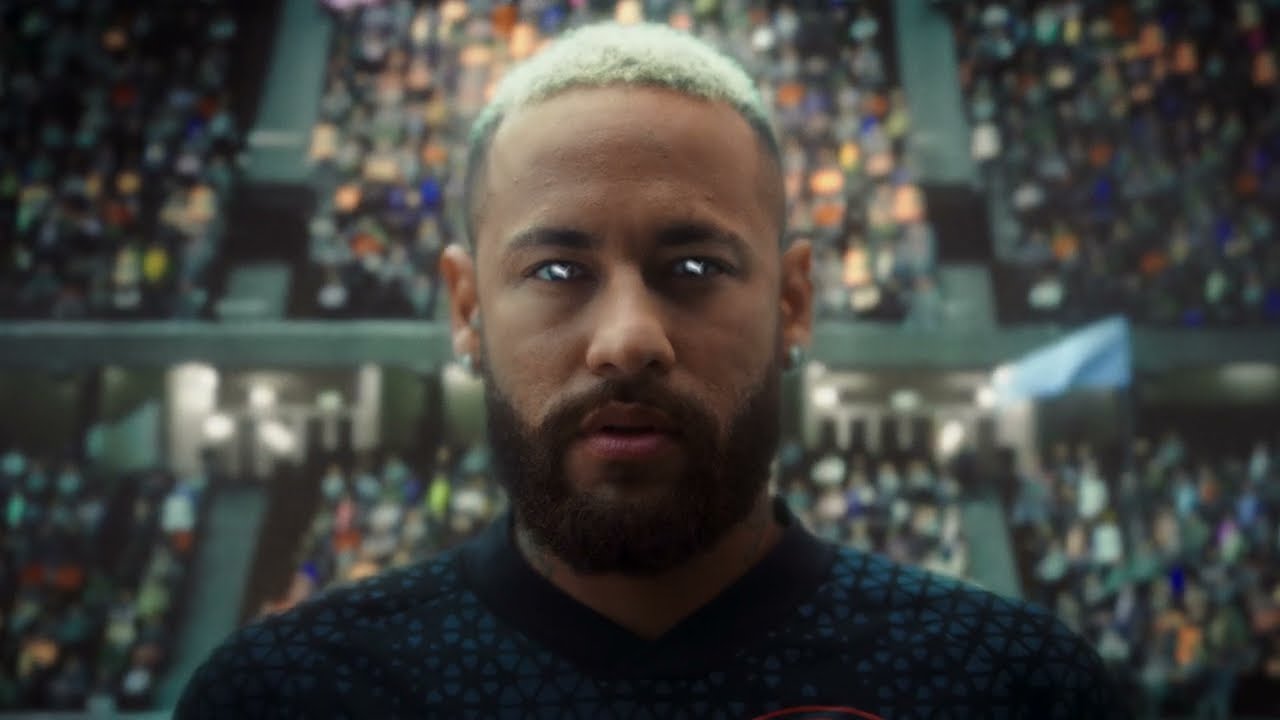


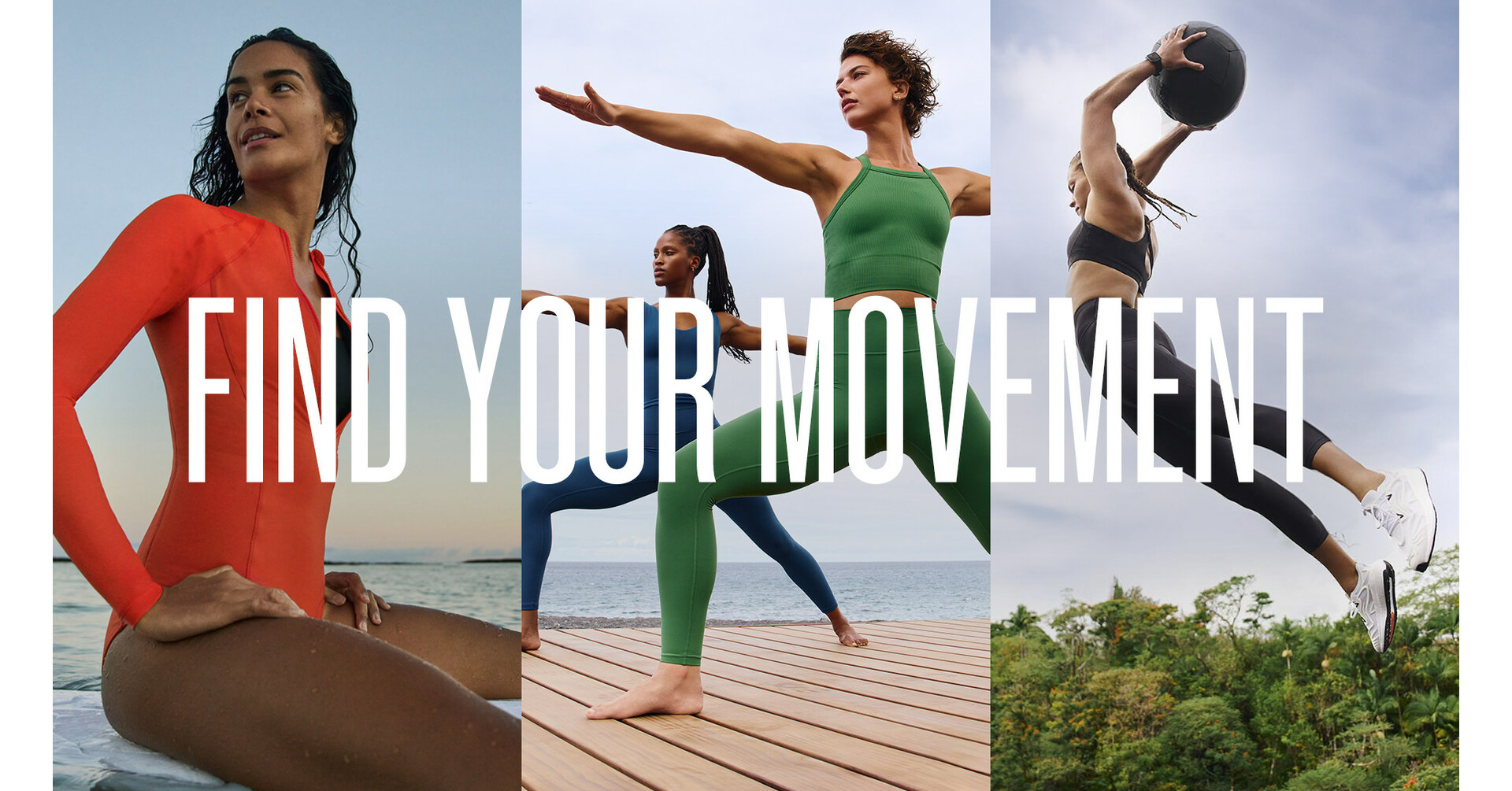
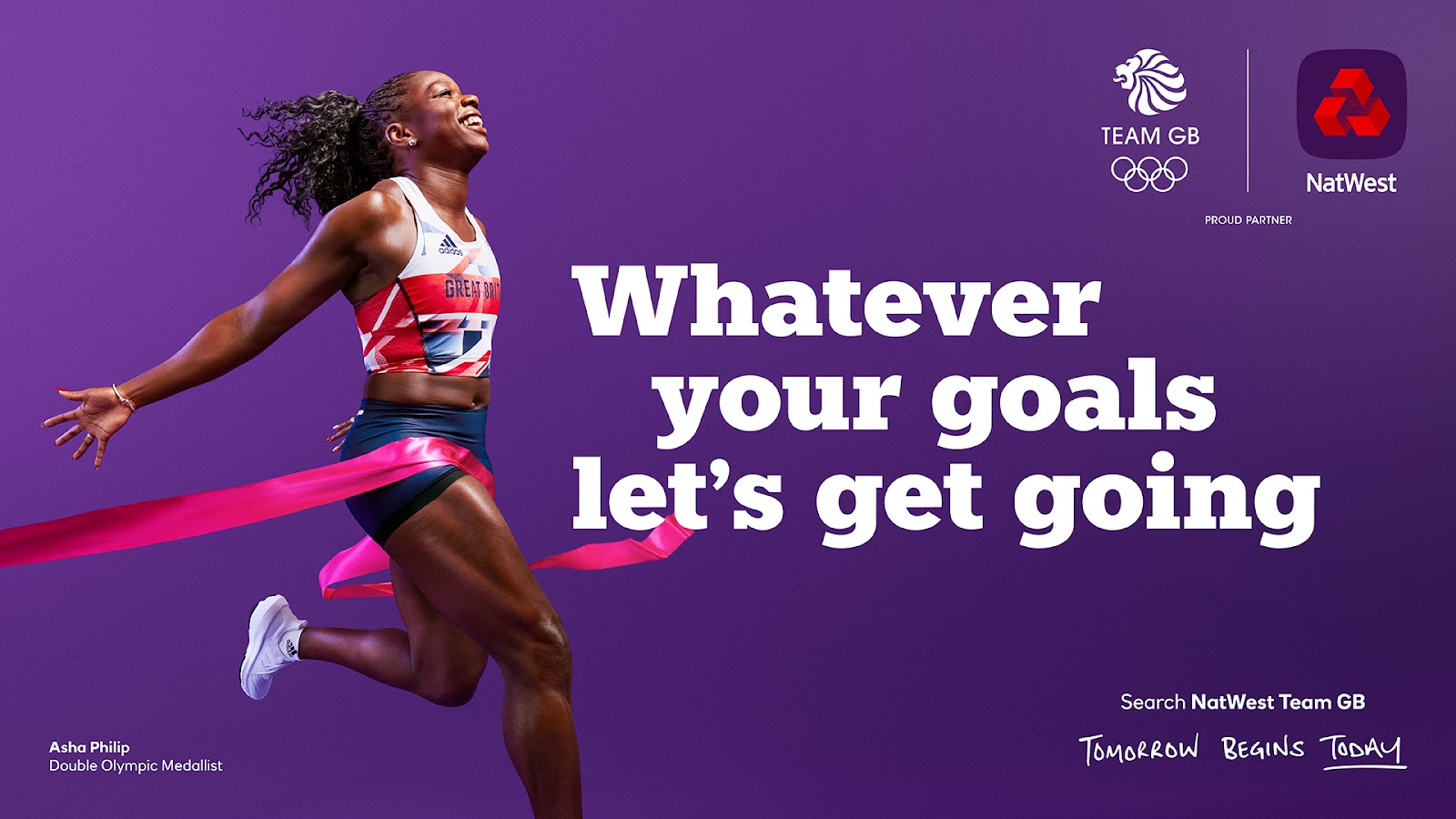
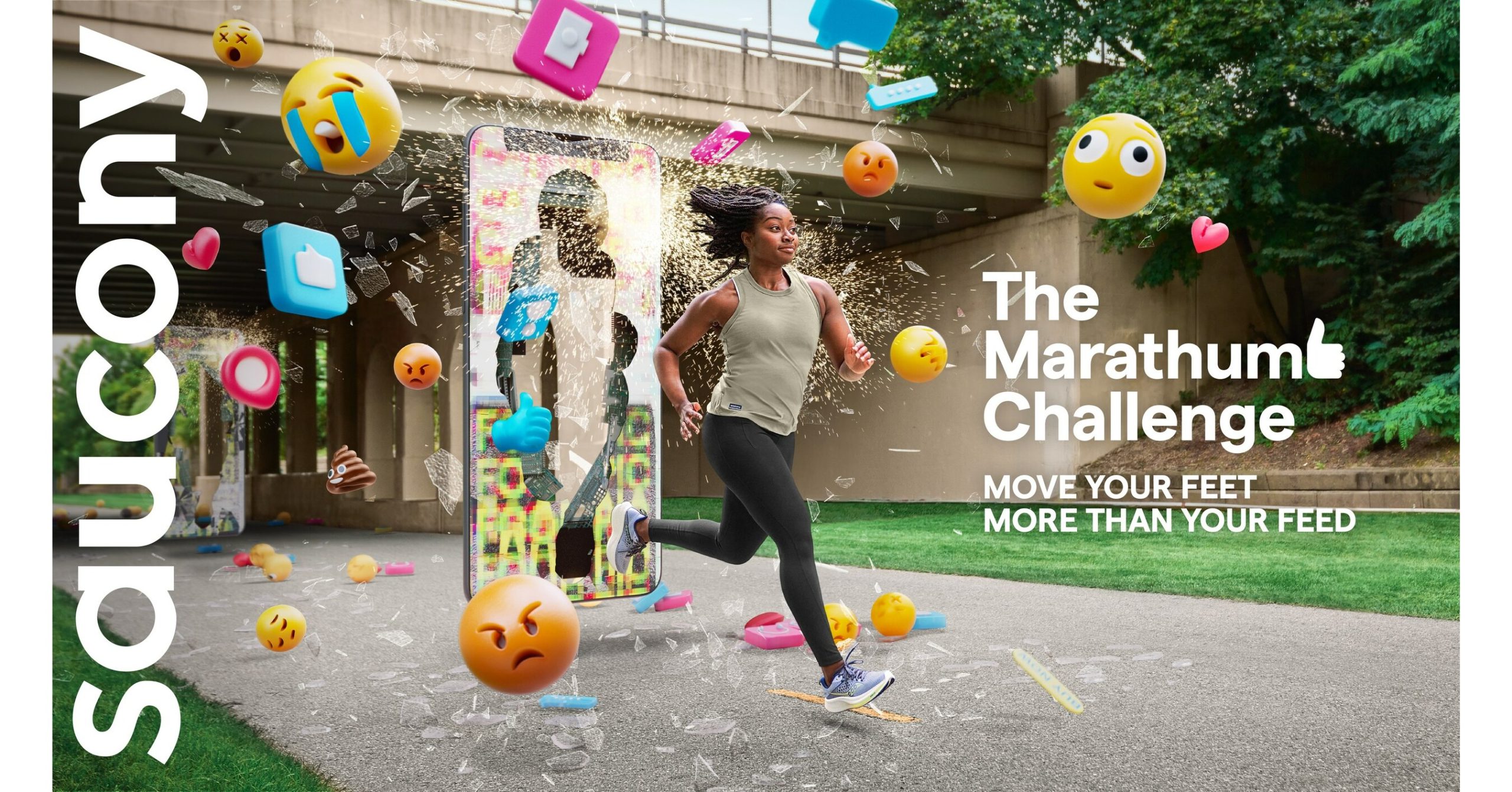










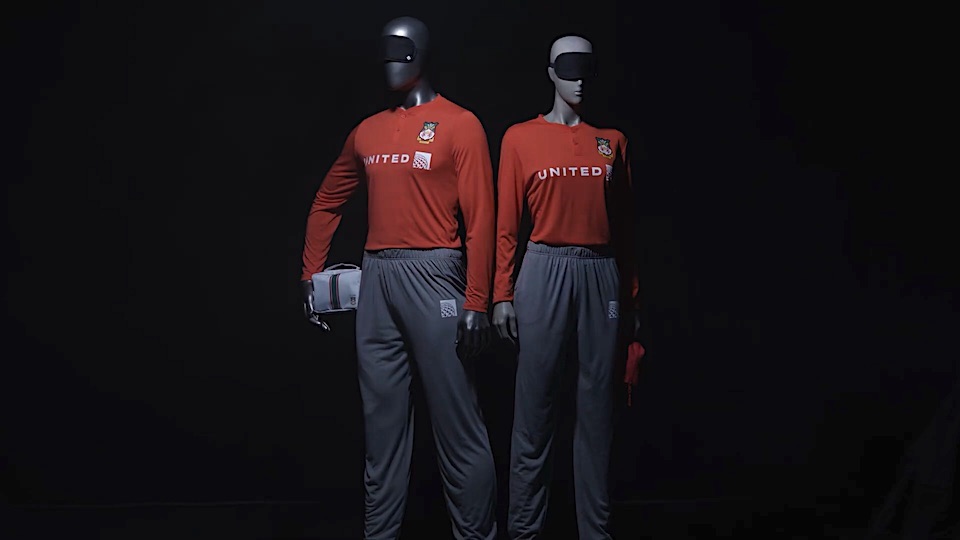

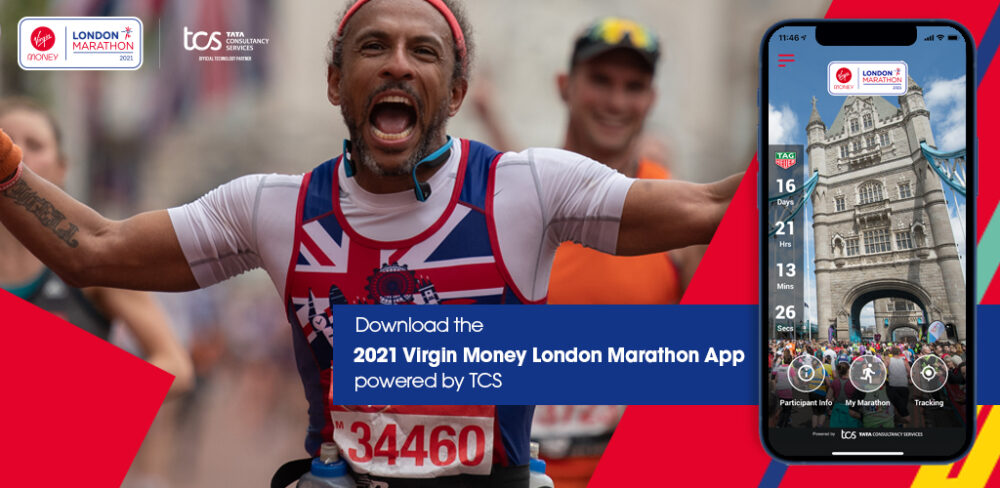
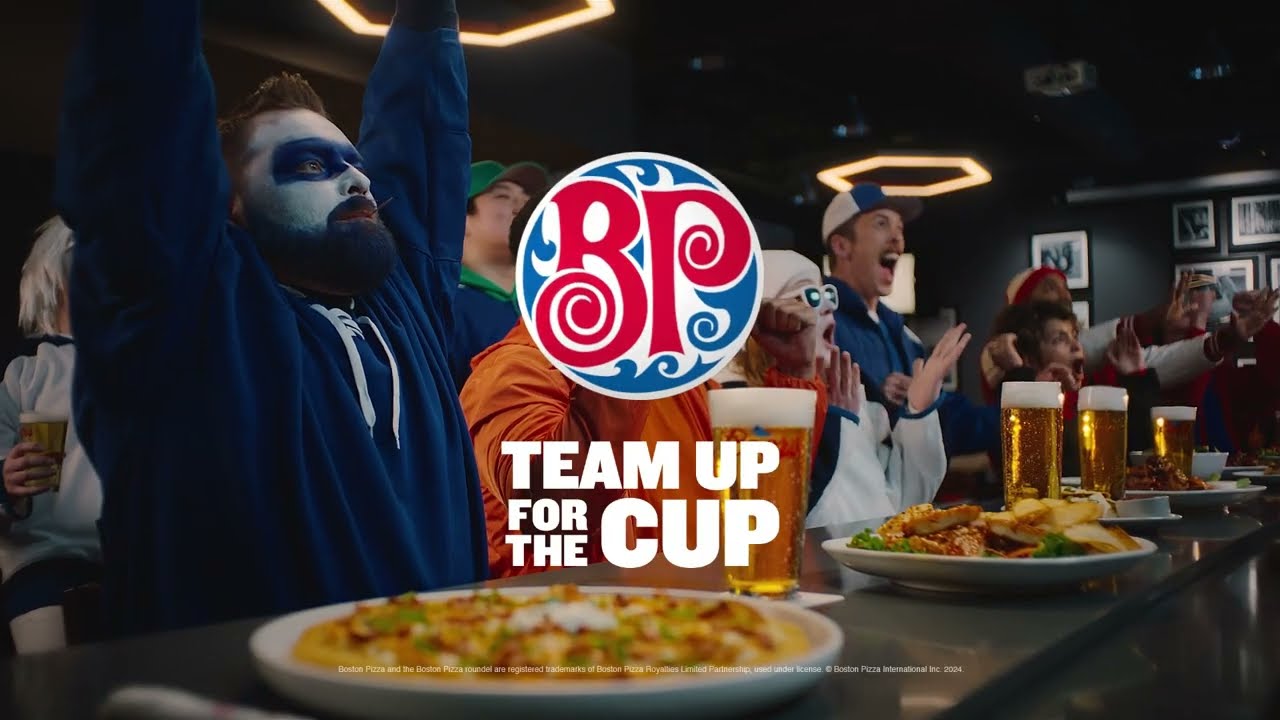

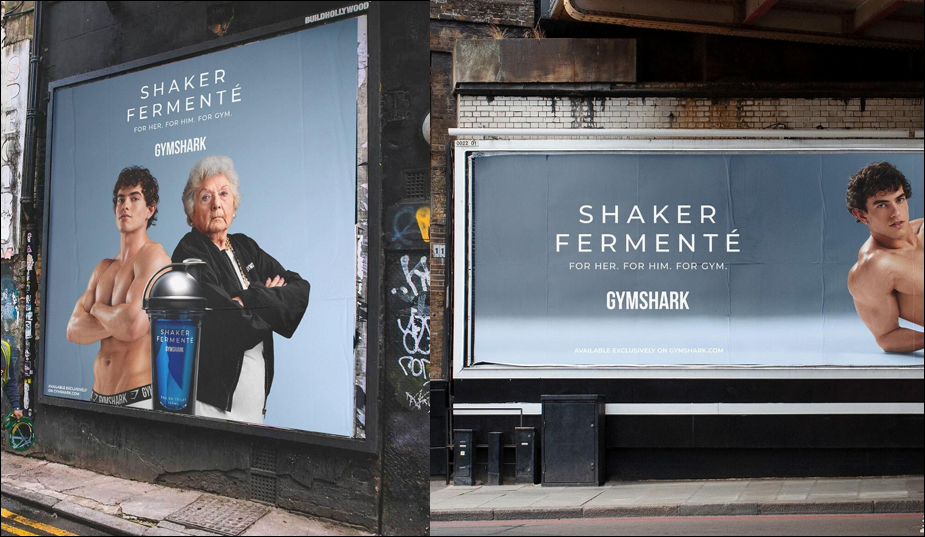
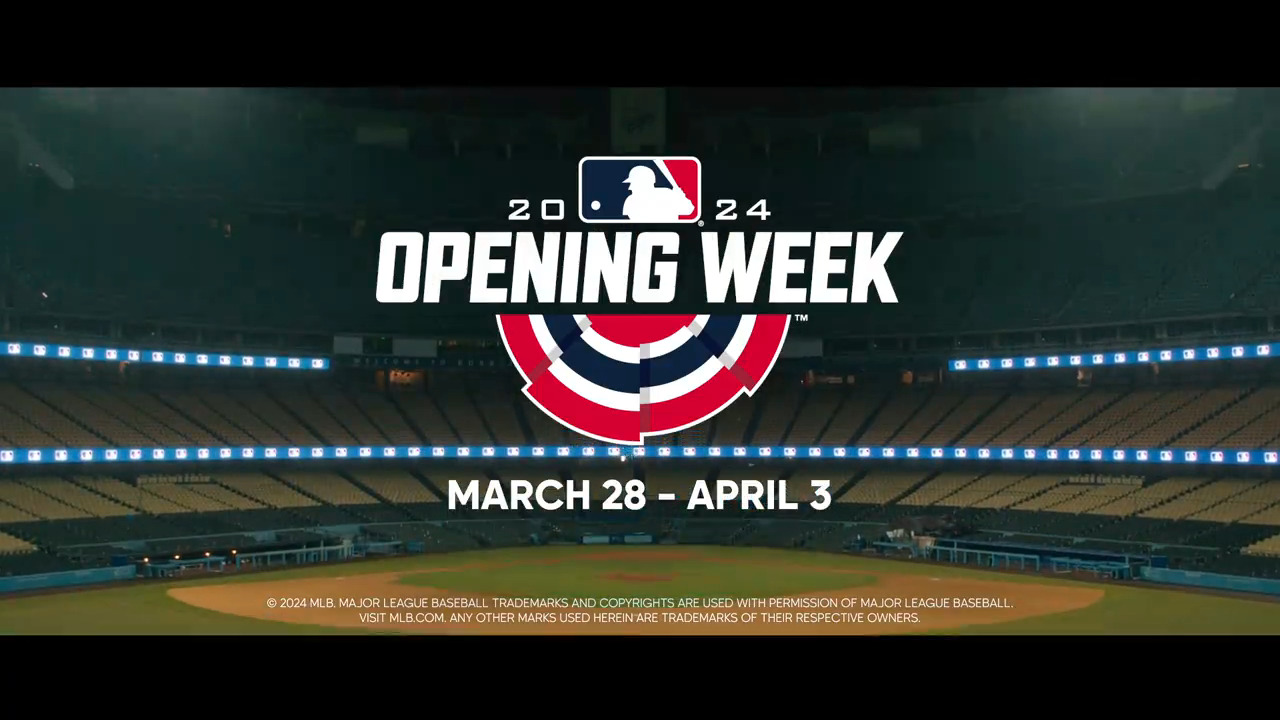
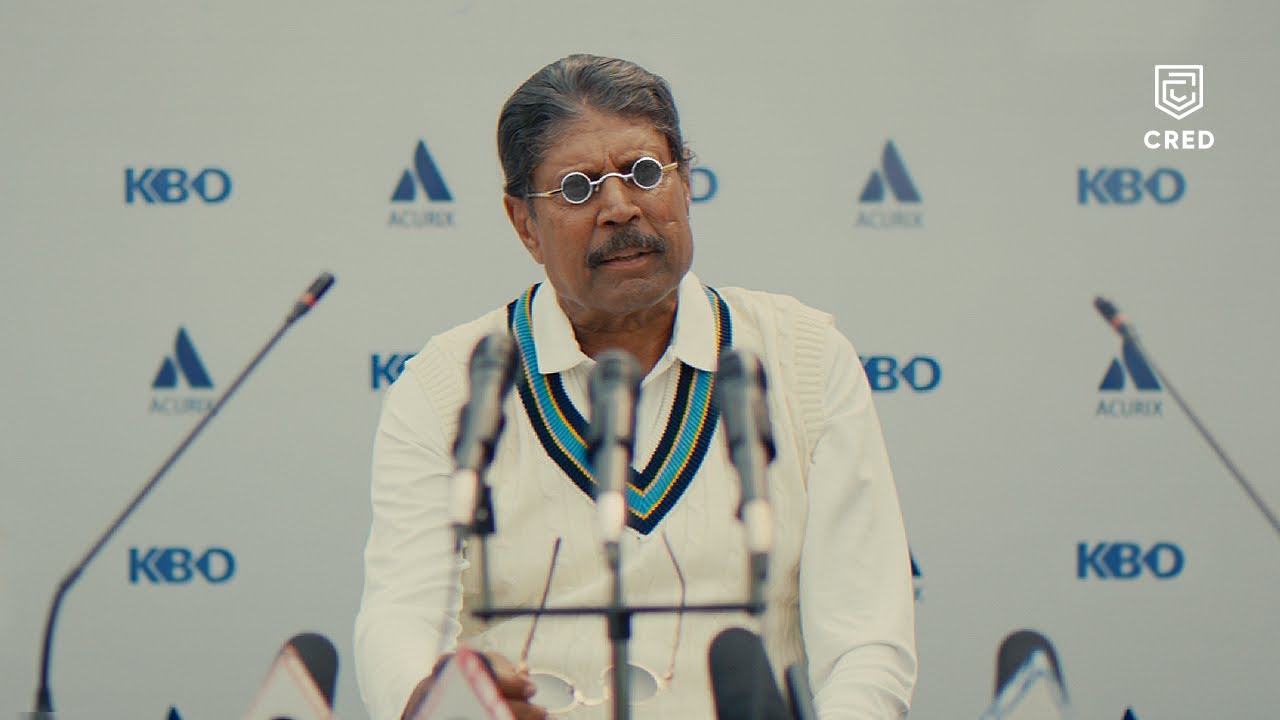
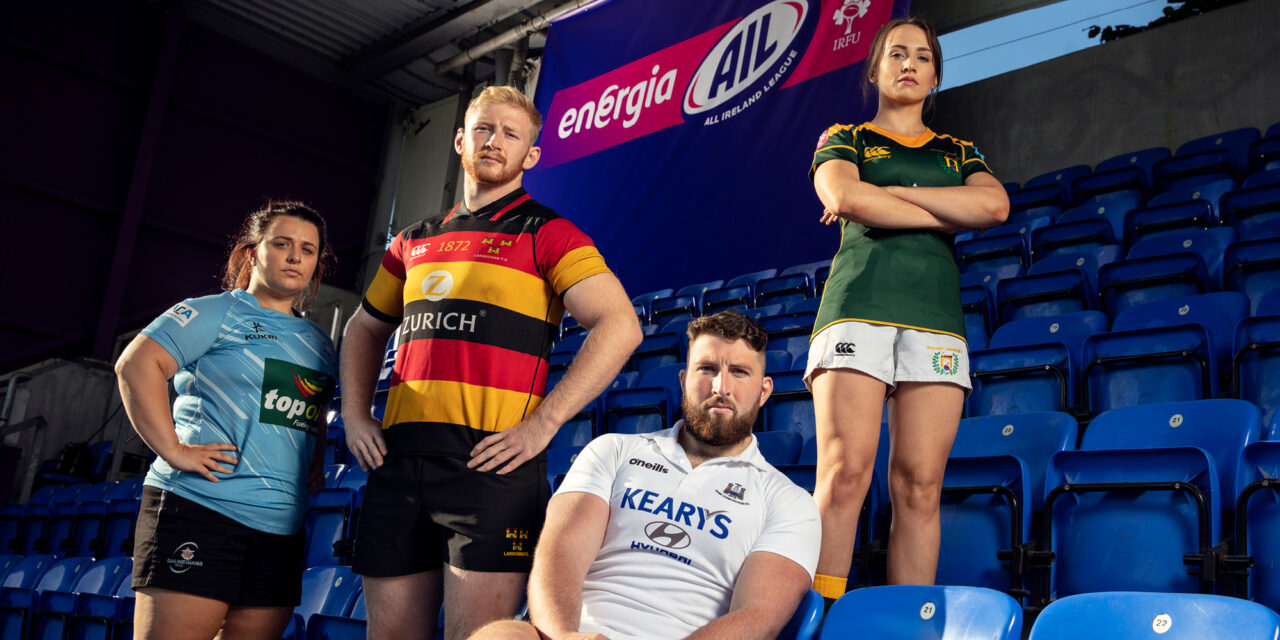

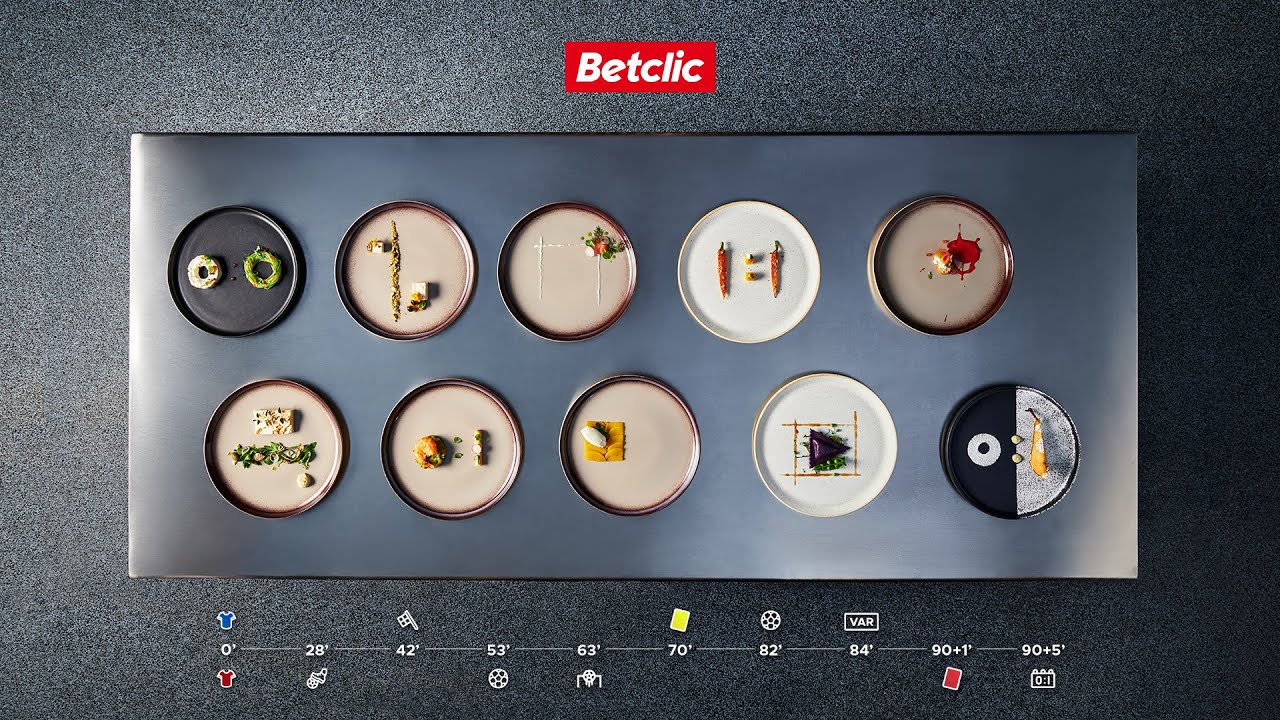

Leave a comment
You must be logged in to post a comment.